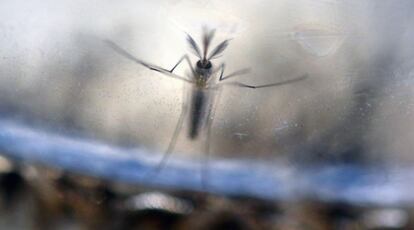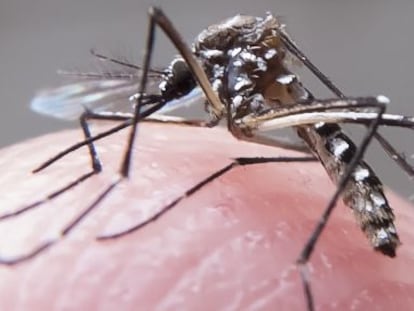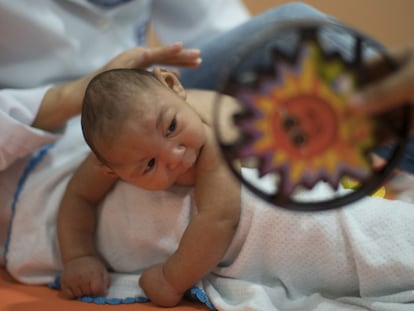Mosquito control – stopping Zika at its source
The World Health Organization and the Food and Agriculture Organization believe it is necessary to clarify aspects of the new virus and avoid unfounded rumors

The possibility that a mosquito bite during pregnancy could be linked to severe birth defects in newborns has alarmed the public and astonished scientists. On February 1, 2016, WHO declared that cases of microcephaly and neurological complications associated with Zika virus infection constitute a Public Health Emergency of International Concern. Since then, evidence supporting these associations has become more and more compelling.
The principal mosquito species transmitting Zika, dengue, and chikungunya viruses is Aedes aegypti, an especially formidable and widespread foe. More than half of the world’s population lives in areas where this mosquito is present, suggesting that the virus could eventually spread beyond the current outbreaks concentrated in Latin America and the Caribbean.
The elimination of breeding sites – the most effective way to protect populations – is vital but extremely challenging
Currently available diagnostic tests are imprecise and reliable for only a few days during infection. Licensed vaccines are some years away. No treatments are available and no preventive therapies exist to protect vulnerable groups, especially pregnant women.
For all these reasons, WHO and FAO recommend stepped-up personal and population-wide measures for mosquito control as the best immediate line of defense. An integrated approach that tackles all life stages of the mosquito, uses multiple measures, and fully engages communities is the best battle plan.
The elimination of breeding sites – the most effective way to protect populations – is vital but extremely challenging. Over the years, this species has developed a preference for breeding in the small artificial containers found in abundance in crowded urban areas. Female mosquitoes can lay their eggs wherever rain collects or water is stored, in containers as small as plastic cups and bottle caps or as ubiquitous as used tires.
Communities in affected and at-risk countries have a responsibility to identify and eliminate potential mosquito breeding sites by emptying, cleaning, and then covering containers that can hold even small amounts of stagnant water. Nothing can be missed. As just one example, larvae have been found in vases in cemeteries and water bowls for pets. Doing so in the context of the Zika emergency will also protect populations from outbreaks of other diseases spread by this mosquito.
As a further contribution to mosquito control, WHO and FAO are joining forces to advise countries and communities on the safe use of insecticides, another vital component of integrated control. Our organizations have identified a set of recommendations to ensure these tools are used safely, also by avoiding the contamination of food. FAO is supporting WHO in alerting rural communities, where most instances of insecticide poisoning occur, to these recommendations and their correct implementation.
WHO and FAO are joining forces to advise countries and communities on the safe use of insecticides, another vital component of integrated control
Given the complexities and challenges of fighting a mosquito like this one, WHO and FAO are exploring new techniques, including new biological methods of control, and new applications of existing technologies. One example is the sterile insect technique, which involves the mass release of male insects that have been sterilized by low doses of radiation. When sterile males mate, the female’s eggs are not viable, and the insect population dies out. The technique, jointly developed by FAO and the International Atomic Energy Agency, has been successfully used, on a large scale, for more than 50 years to control agriculturally important insect pests, including fruit flies, screw worms and moths. The technique might be useful for mosquito control, but would need to be implemented as part of the integrated approach recommended by WHO.
Later this month, a national meeting called by Brazil’s Ministry of Health will review efforts to step up the control of mosquito-borne diseases, including Zika. WHO, FAO, UNICEF, IAEA and many other UN agencies, which are already working in the country, will be offering more advice on what should be done, in the context of this emergency, by individuals, communities, governments and the international community to boost mosquito control as the most immediate line of defense.
Actions are needed on a scale that matches the level of public alarm and the growing certainty of the science. If the presumed associations between Zika, microcephaly, and neurological complications are confirmed, the consequences for the nearly 30 countries with recently detected Zika outbreaks will be staggering.
Margaret Chan is Director-General of the World Health Organization (WHO).José Graziano da Silva is Director-General of the Food and Agriculture Organization of the United Nations (FAO).









































